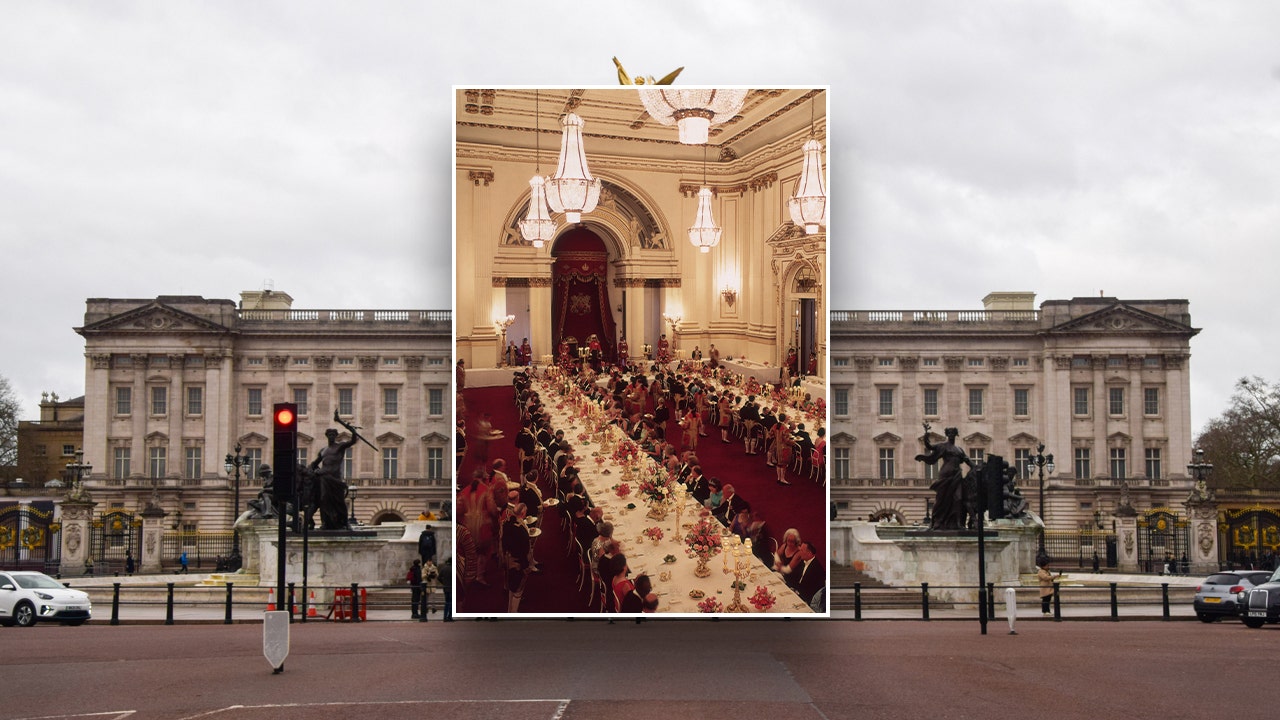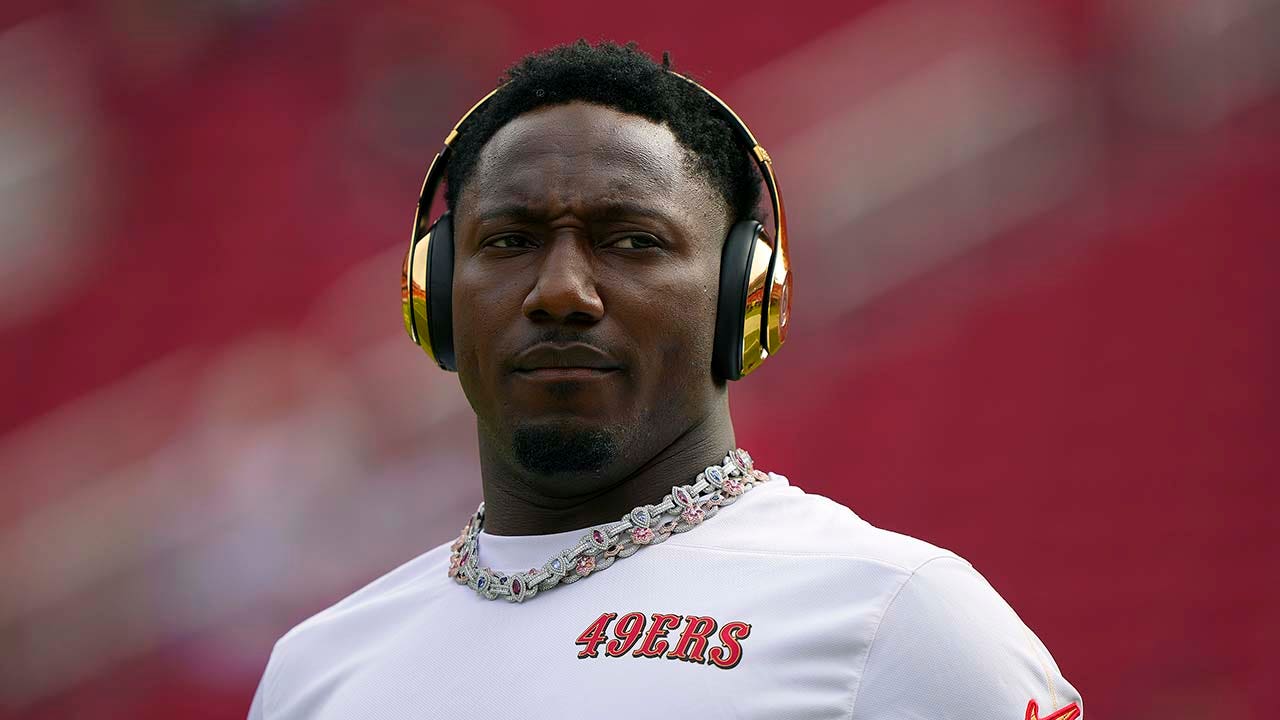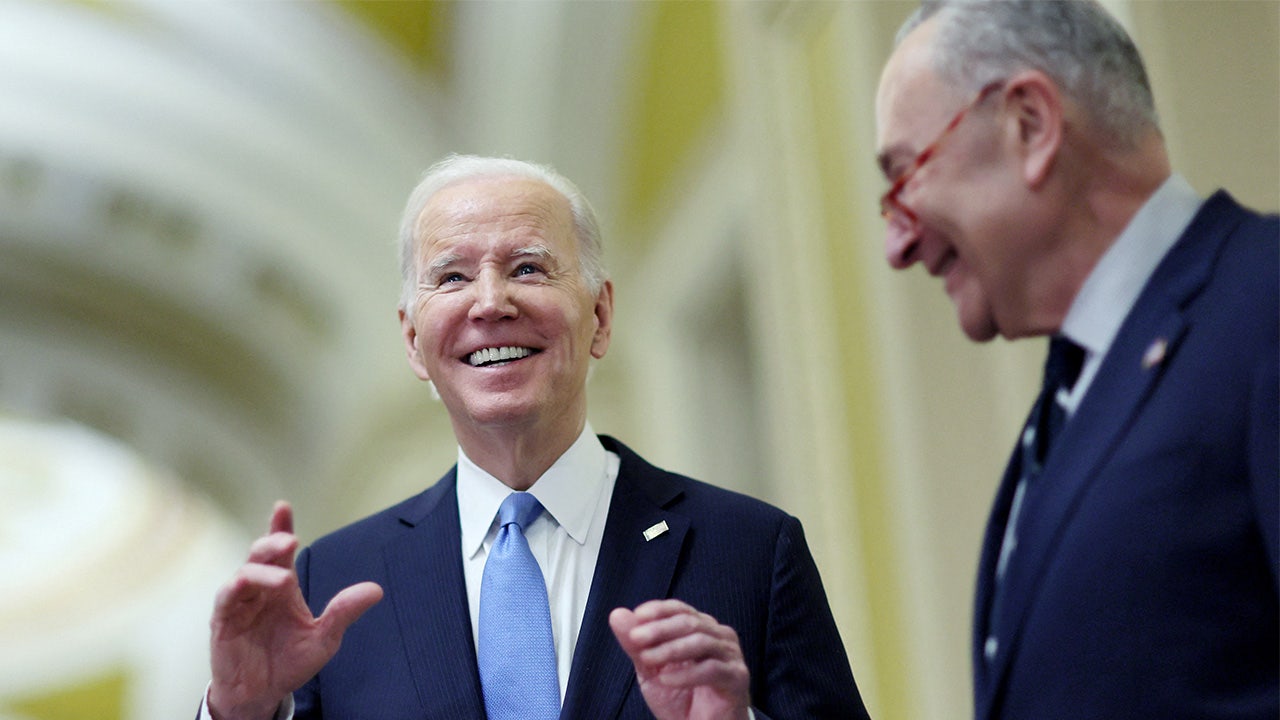Lifestyle
Super Bowl Champ Jacoby Jones Dead At 40

Former NFL star receiver Jacoby Jones — who won Super Bowl XLVII with the Baltimore Ravens — has passed away. He was only 40.
Ex-NFL quarterback Matt Leinart, and Jones’ former teammate, confirmed the devastating news on Sunday, saying he’s heartbroken over Jacoby’s death.
“His laugh and just bigger-than-life personality will be something I’ll always remember,” Leinart said, “RIP brother.”
Details surrounding his death has not been released.
NFL players and fans have been flooding social media with tributes since the sad news, including former Ravens WR Torrey Smith who said Jones was one of a kind.
“We are going to miss you,” Smith said, “Love you bro!”
J.J. Watt said Jones was one of the most “fun-loving” teammates to be around and he’s gone “far too soon.”
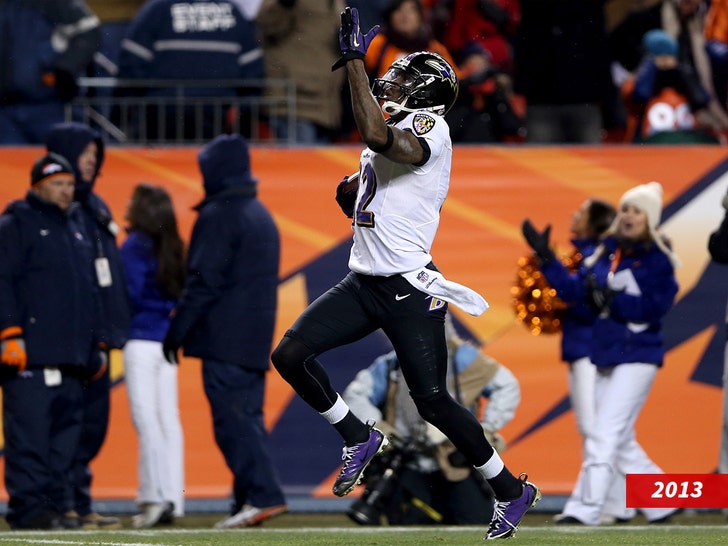
The Pro Bowler was a third-round pick in the 2007 NFL Draft and played for the Texans, Ravens, Chargers and Steelers.
Jones’ career flourished in Baltimore and he’s known for amazing plays in the 2012 playoffs, including catching a 70-yard game-tying touchdown pass.
Rest in Peace to Jacoby Jones 💔
Never forget his 109-yard kick return TD in Super Bowl XLVII. pic.twitter.com/6qgObl2snT
— Woodward Sports Network (@woodwardsports) July 14, 2024
@woodwardsports
He also had a 108-yard kick return touchdown in Super Bowl XLVII, the longest in SB history. The Ravens won 34 to 31 against the 49ers, their first Super Bowl loss in franchise history.
After Jones retired in 2017, he returned to his alma mater, Lane College, and became a wide receiver coach. He also coached at Morgan State and in 2022, joined Alabama State’s staff.
Jones also did a little off-the-field gig … and was featured on season 16 of “Dancing With The Stars.” He placed third with Karina Smirnoff.
RIP

Lifestyle
Khalid Comes Out As Gay, Says He Was Outed
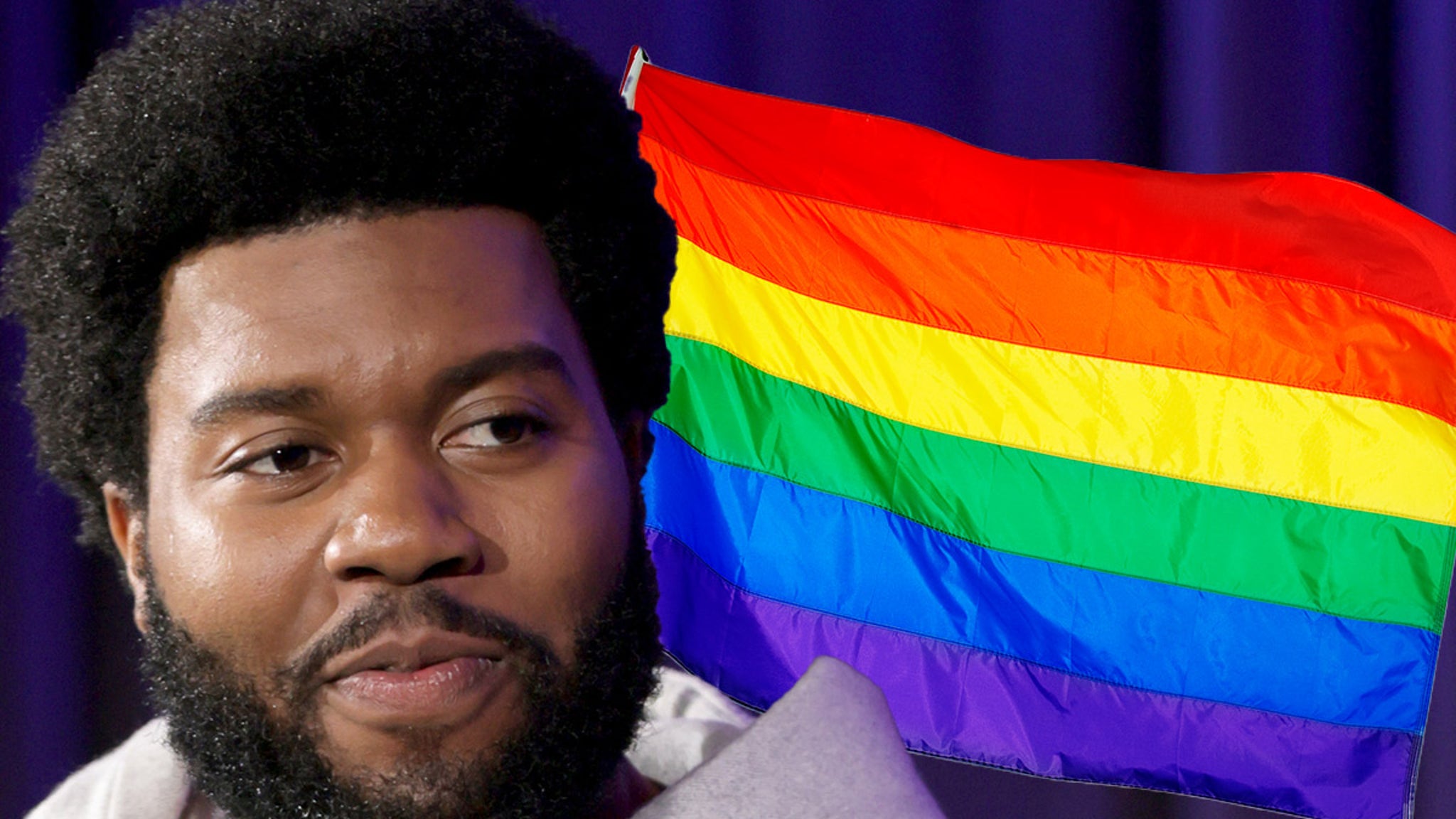
Khalid just confirmed he is gay … coming out after claiming he was outed.
The R&B hitmaker posted a rainbow flag emoji on his X account Friday night and added, “there yall go. next topic please lol.”
Khalid’s tweet came after another singer seemingly outed him on social media … and fans were quick to reply to Khalid’s post.

One response led Khalid to clarify … someone replied, “Wait hope Mr Khalid isn’t GEHHH!” and then Khalid quote tweeted and declared, “I am! And, that’s okay.”
Khalid kept posting through it, explaining … “I got outted and the world still continues to turn. Let’s get this straight (lmao) I am not ashamed of my sexuality! In reality it ain’t nobodies business! But I am okay with me. love yall”
It appears Khalid is referencing a series of since-deleted posts from singer Hugo D Almonte … with Almonte reportedly outing Khalid.
Most folks in the comments are being supportive, with some saying it’s not a huge shock … pointing to his 2022 song, “Satellite,” which some say is an LGBTQ anthem.”
Khalid confirmed as such, adding … “I wasn’t hiding anything! It’s just not any of your business.”
Lifestyle
Jonathan Majors and ex-girlfriend Grace Jabbari settle assault and defamation case

Jonathan Majors arrives at the Ebony Power 100 gala on Sunday, Nov. 17.
Richard Shotwell/Invision/AP
hide caption
toggle caption
Richard Shotwell/Invision/AP
Jonathan Majors’ former girlfriend, Grace Jabbari, has agreed to dismiss a lawsuit alleging that the actor assaulted and defamed her.
In a civil lawsuit filed in New York in March, Jabbari accused her former partner of a “pattern of pervasive domestic abuse that began in 2021 and extended through 2023.” In court documents filed in New York on Thursday, their attorneys jointly agreed to dismiss the claims against Majors with prejudice – meaning that the claims can’t be filed again.


In a statement to NPR, Jabbari’s attorney, Brad Edwards, wrote, “We are happy to announce that the meritorious lawsuit Grace Jabbari filed against Jonathan Majors was successfully settled. It took tremendous courage for Grace to pursue this case. We are happy to have helped her close this chapter favorably so that she can move forward and begin to finally heal.”
NPR has reached out to Majors’ attorneys for comment about the dismissal.
In a separate domestic violence case in 2023, Majors was convicted of misdemeanor assault and harassment charges. Prosecutors argued that Majors had attacked Jabbari, his then-girlfriend, in the back of a car in Manhattan on March 25 of that year. Later that night, he returned to their hotel and called 911 to report that he’d found Jabbari “unconscious,” but was arrested when police found her with a broken finger in addition to bruises and cuts on her body. Earlier this year, he was sentenced to probation and enrolled in a domestic violence prevention program.
Jabbari’s civil suit was filed just before Majors was sentenced in criminal court this spring. She alleged that in addition to assault and battery, Majors also defamed her, “smearing” her name following his arrest and conviction. At the time, Majors’ lawyer said they would be preparing counterclaims.
Majors had been a rising star in Hollywood, playing Kang the Conqueror in Marvel’s Ant-Man and the Wasp: Quantumania and starring alongside Michael B. Jordan in Creed III. He was set to portray Kang in upcoming movies, but Marvel and Disney dropped the actor following his conviction. He and actress Meagan Good announced their engagement at an event on November 17.
Lifestyle
The BoF Podcast | Jacquemus: A Coming of Age Story

-
Business1 week ago
Column: OpenAI just scored a huge victory in a copyright case … or did it?
-

 Health1 week ago
Health1 week agoBird flu leaves teen in critical condition after country's first reported case
-

 Business6 days ago
Business6 days agoColumn: Molly White's message for journalists going freelance — be ready for the pitfalls
-
World1 week ago
Sarah Palin, NY Times Have Explored Settlement, as Judge Sets Defamation Retrial
-

 Science3 days ago
Science3 days agoTrump nominates Dr. Oz to head Medicare and Medicaid and help take on 'illness industrial complex'
-

 Politics5 days ago
Politics5 days agoTrump taps FCC member Brendan Carr to lead agency: 'Warrior for Free Speech'
-
/cdn.vox-cdn.com/uploads/chorus_asset/file/25739950/247386_Elon_Musk_Open_AI_CVirginia.jpg)
/cdn.vox-cdn.com/uploads/chorus_asset/file/25739950/247386_Elon_Musk_Open_AI_CVirginia.jpg) Technology4 days ago
Technology4 days agoInside Elon Musk’s messy breakup with OpenAI
-

 Lifestyle5 days ago
Lifestyle5 days agoSome in the U.S. farm industry are alarmed by Trump's embrace of RFK Jr. and tariffs

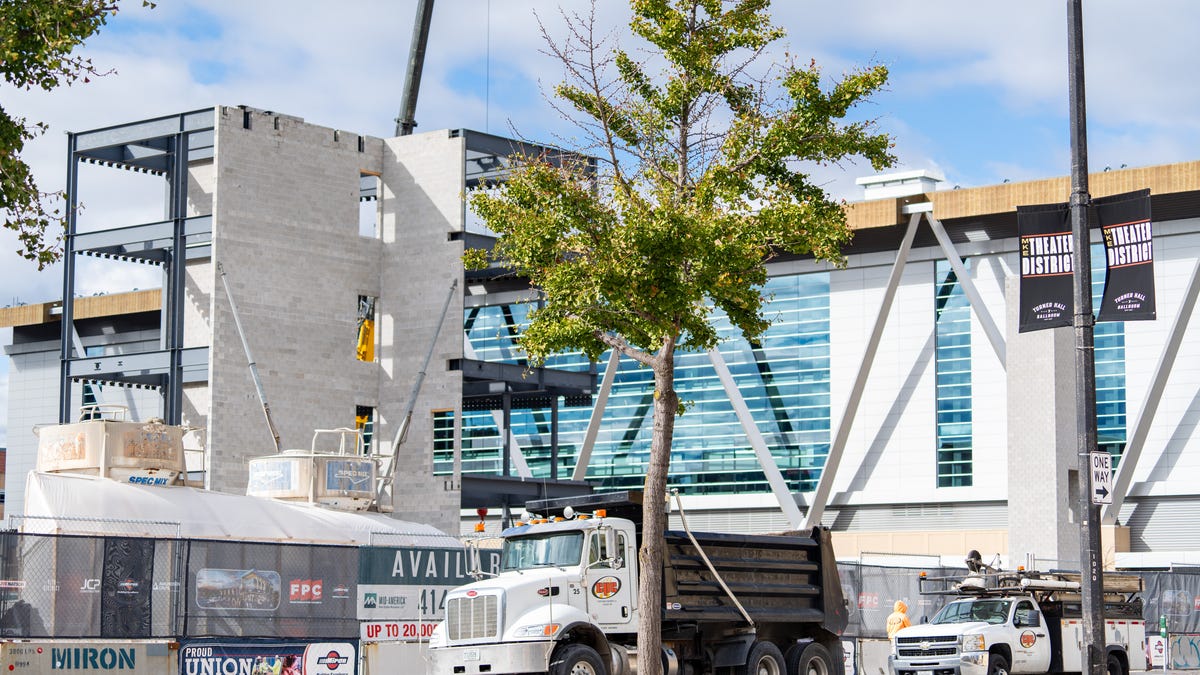



/cdn.vox-cdn.com/uploads/chorus_asset/file/24083660/STK171_L_Allen_Musk_02.jpg)
